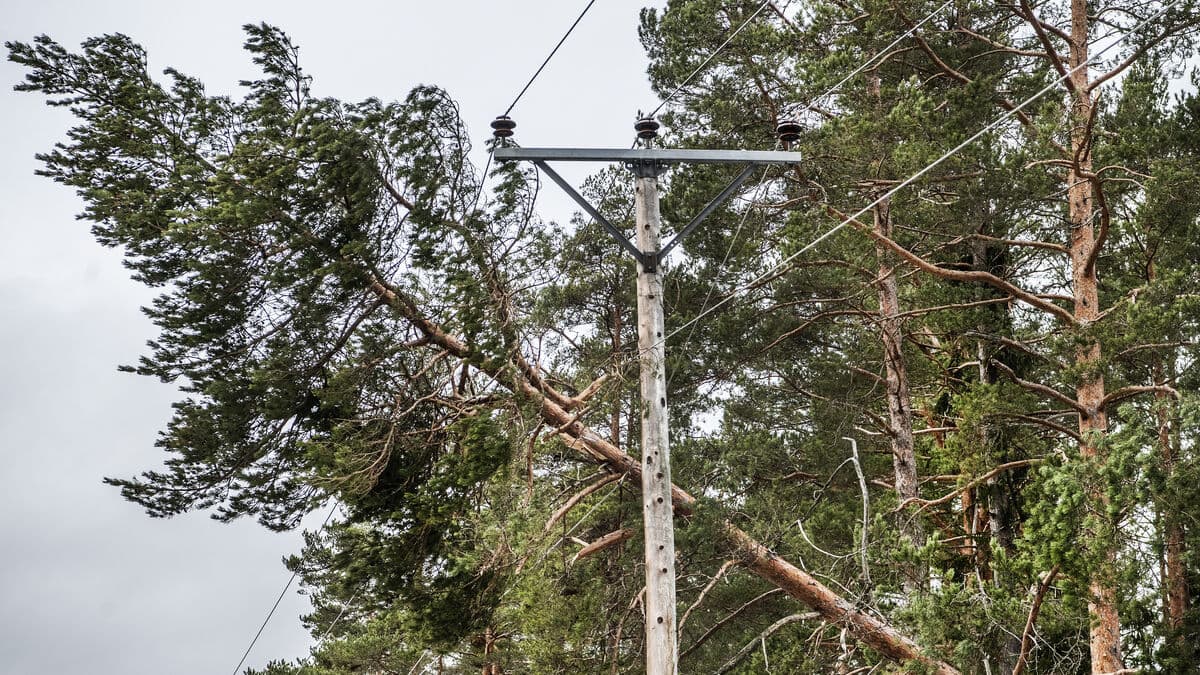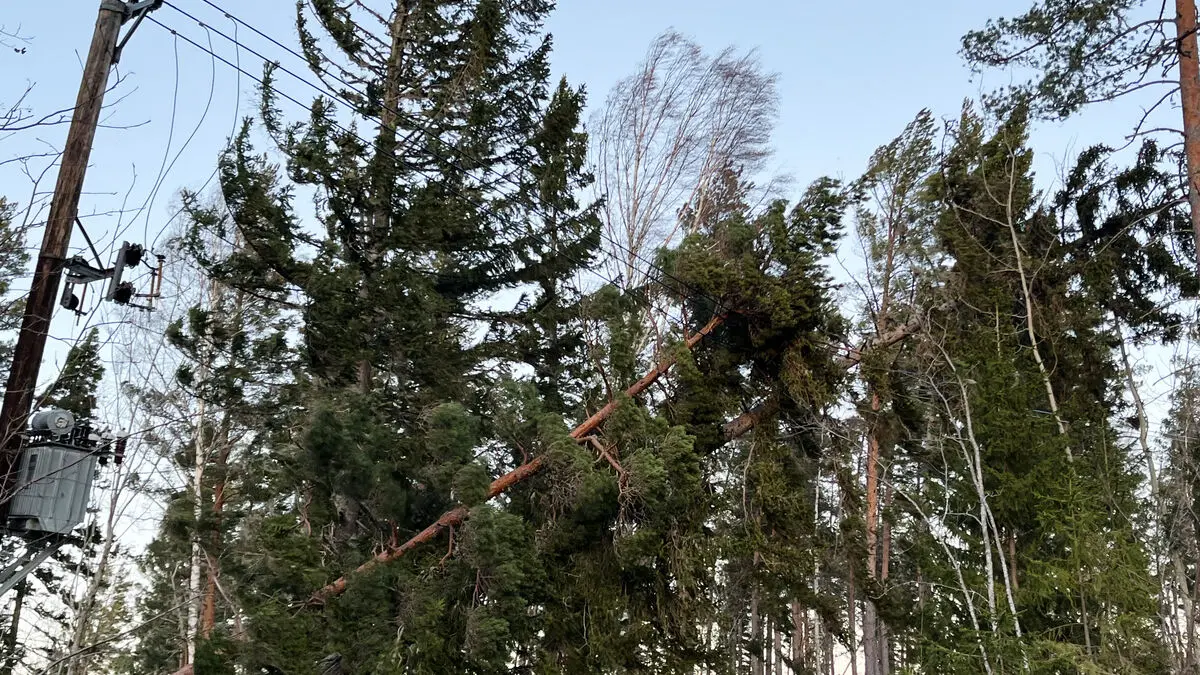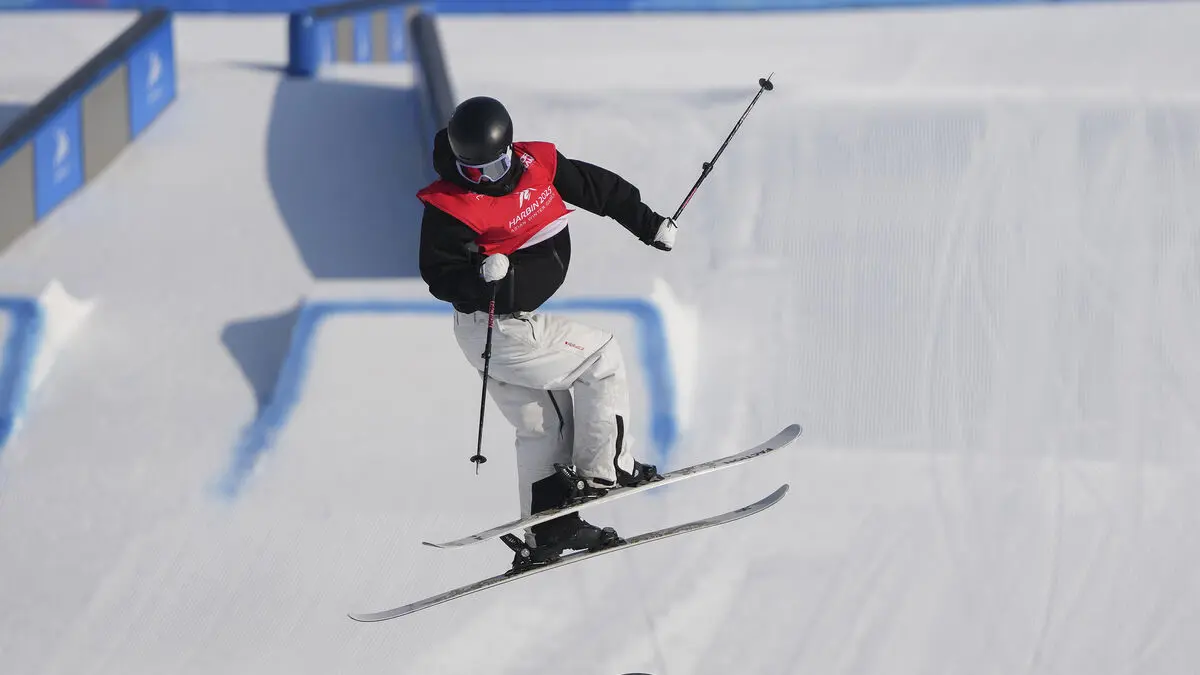Swedes' fund savings continue to increase, despite tough times.
At the same time, savers are choosing to a greater extent to avoid funds with high fees.
This is evident from the annual report on fees in the fund market by the pension and savings company AMF.
Per Wiklund, business manager at AMF Fonder, sees two reasons why people, for example, choose index funds that traditionally have a lower fee:
I believe there is an awareness of fees in the long term. People are a bit more long-term, he says about the savings horizon.
The second is that when problems or scandals arise, it creates distrust, that "the industry takes too much pay" and I think that's the other part that contributes. Index funds are perceived as some form of self-cost price.
Has Doubled
The number of index funds has doubled since 2010, and during the same period, the total equity assets saved in such alternatives have increased from 6 to nearly 22 percent.
The average fee for all types of funds was 1.30 percent. Compared to the previous year, it is a decrease of 0.06 percentage points, and over 10 years, the fee has only decreased by 0.31 percentage points.
Isn't that a small decrease considering the total value of all funds being managed?
I would say that price pressure is ongoing beyond what is seen in the report. Swedish small savers don't just have money in the bank or in fund savings. It's also money that's locked into your fund insurance for your pension or premium pension, and there you get a discount. It has been successively pressed further.
Unfounded Concern
A concern that savers in a more favorable economic climate would be willing to take greater risks and disregard high fees, he dismisses.
No, one is often surprised by how smart Swedish small savers are. I don't think they will abandon this long-term trend, besides, it's not immediately getting better. You choose to save rather than splurge.
Despite economic challenges with high inflation and rising interest rates, Swedes' fund savings increased in 2023. This, combined with a value increase, meant that the total fund assets increased by 14 percent and are back at record levels from 2021.





